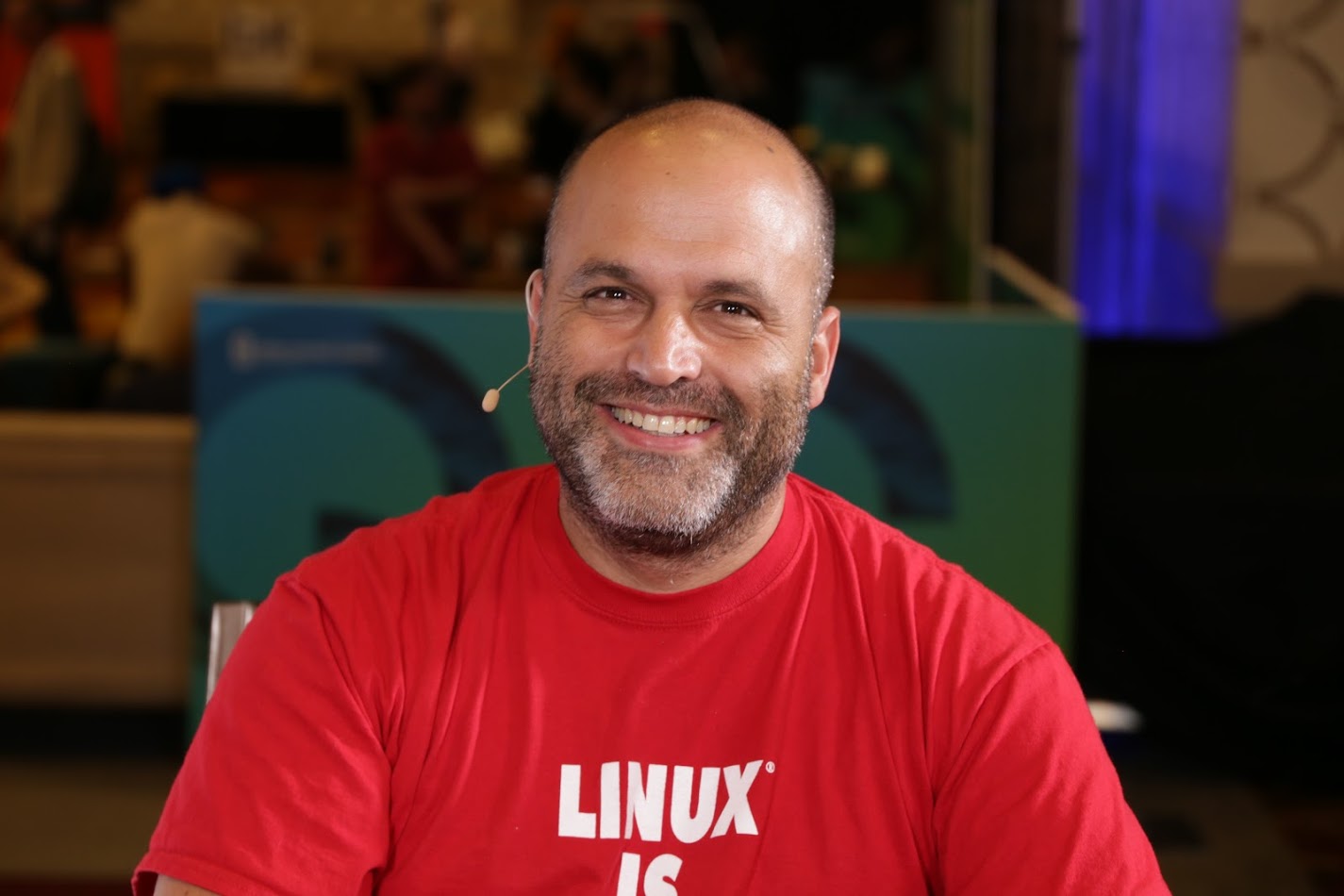 EMERGING TECH
EMERGING TECH
 EMERGING TECH
EMERGING TECH
 EMERGING TECH
EMERGING TECH
Open-source software is now a key part of the tech world, matching proprietary software through a combination of enthusiastic developers, organizations and shared standards. This trend is especially visible in the world of container technology, a popular virtualization method for deploying and running distributed software applications.
“Open-source is the mainstream now. It’s very hard to release a proprietary product right now and come up with some justification about why you have to do it,” said Steve Pousty (pictured), lead developer advocate, OpenShift Online, at Red Hat Inc.
Pousty spoke with John Furrier (@furrier) and Stu Miniman (@stu), co-hosts of theCUBE, SiliconANGLE’s mobile livestreaming studio, during Open Source Summit in Los Angeles. During his time with theCUBE, Pousty talked about open-source, the pace of development and the Kubernetes — container orchestration management — community. (* Disclosure below.)
Users of open-source have come to expect the flexibility of open-source in their applications, according to Pousty. When companies use open-source, closed code becomes less appealing. As open-source becomes more common through the mainstream, more companies are sharing this attitude.
Expectations are changing, Pousty added. When it comes to open-source, two years is a long time. Going a year between releases is a glacial pace. Container management platforms from Google and Red Hat illustrate these new expectations with quarterly releases. While some companies have trouble keeping up, they also look to future releases for interesting new features they can use.
Kubernetes, especially, has pulled ahead of the pack in popularity, thanks to the Kubernetes community doing an excellent job of working with others, according to Pousty. Also, the Kubernetes community is quite large, so a lot of people are working together.
“I would say it’s the community, but also recognizing that it’s all about containers to start with; and containers are taking over,” Pousty said.
That community is very much building on the container framework. One recent project illustrating this is OpenSCAP, which scans for security compliance and vulnerabilities in information technology systems. A related application is Atomic Scan, which allows people to scan a container image without running it.
Watch the complete video interview below, and be sure to check out more of SiliconANGLE’s and theCUBE’s coverage of Open Source Summit 2017. (* Disclosure: TheCUBE is a paid media partner for Open Source Summit 2017. Neither The Linux Foundation nor Red Hat Inc. have editorial control over content on theCUBE or SiliconANGLE.)
THANK YOU